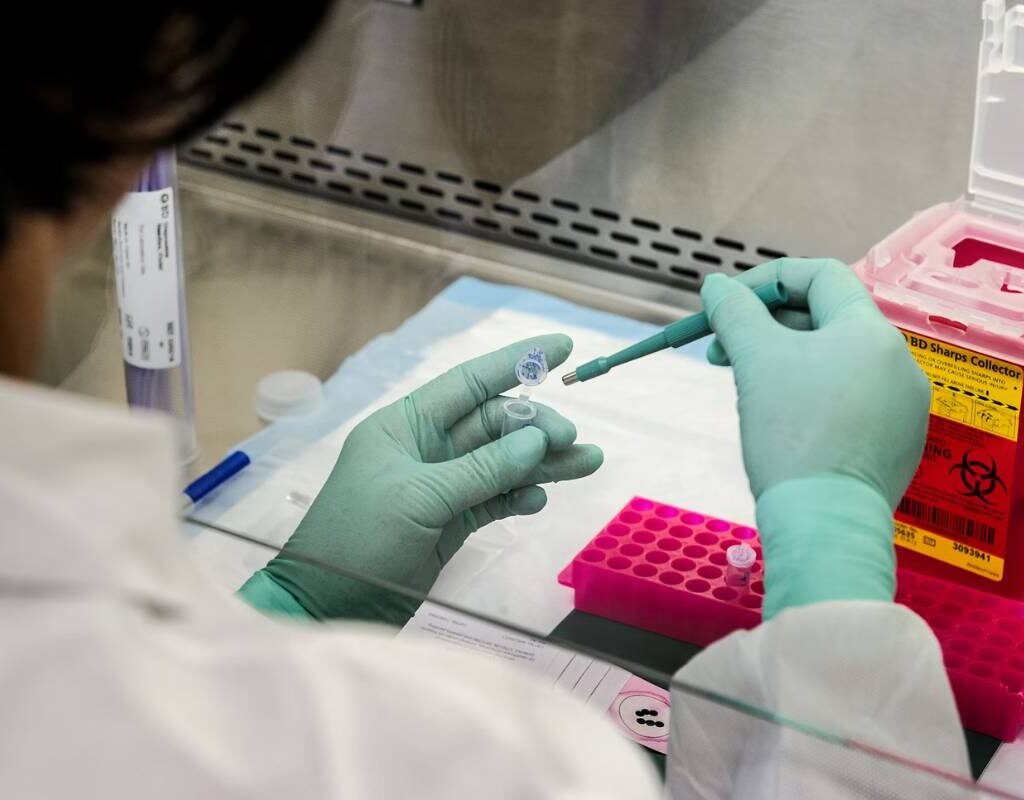Everyone knows about cholesterol and blood sugar indicating risk of heart disease and diabetes. But the list of handy biomarkers seems to be growing by the day, allowing doctors to better predict a range of diseases which, previously, were thought to strike at random.
But what are these biomarkers? And how do you know if you have them in your system?
Let’s take a look at these Cutting Edge Biomarkers
1. Extracellular Vesicles
Extracellular vesicles (EVs) are one hot topic of research because of their connection to some of the most common chronic diseases physicians see. These sac-like structures released by cells contain a cocktail of chemicals, including fragments of RNA and other proteins that can shed light on the cell’s overall health.
Researchers are now looking at whether EVs could potentially be an early indication of cancer in the system – a sort of warning sign before symptoms become more widespread.
They are also seeing whether it might relate to various neurological diseases, including dementia and Parkinson’s. Again, detecting the compound would allow medics to address symptoms earlier and potentially ensure lifestyle changes to stop it from getting worse.
2. Neurofilament Light
Neurofilament light (NfL) is another potentially handy cutting edge biomarker currently involved in a lot of research and ongoing trials. The compound occurs naturally in brain cells and gives neurons their long, spindle-like shape.
When it is in higher elevations in the bloodstream, it is usually because of damaged or dying neurons. It then enters the fluid around the spinal cord and can be harvested for analysis.

Research indicates the presence of NfL is common in dementia, multiple sclerosis, amyotrophic lateral sclerosis, and Parkinson’s. It can also sometimes occur after head injuries (because of the number of dead brain cells), which can sometimes complicate matters.
3. Circulating Tumor DNA
Circulating tumor DNA (ctDNA) is also an exciting and promising cutting edge biomarker being cited in the clinic and researched. The idea is to use cancer’s own DNA to detect it as it goes around in the blood, reducing the need for biopsies (which can sometimes be painful and impractical).
ctDNA is useful because it contains information about an early warning of cancer. It can tell doctors months or even years before symptoms develop that a patient is at risk, just by the information in their genes.
4. Gut Bacteria
Finally, gut bacteria is another cutting-edge biomarker currently taking the medical world by storm. Rather than being passive or irrelevant, research is finding that it can have all sorts of strange and unanticipated effects on the body.
For example, some people have poor-quality bacteria in their stomachs. That’s a problem because it means they aren’t breaking down fiber and releasing helpful short-chain fatty acids.

Low fiber content in the diet also makes it challenging for some people to go to the bathroom. Some can go for days without relief.
Again, gut bacteria provide the backdrop for what’s happening in the stomach, arguably one of the most complex parts of the body. Doctors who can peer into it and see whether it is healthy to feel more confident when discharging patients (because they know they will usually be okay).









